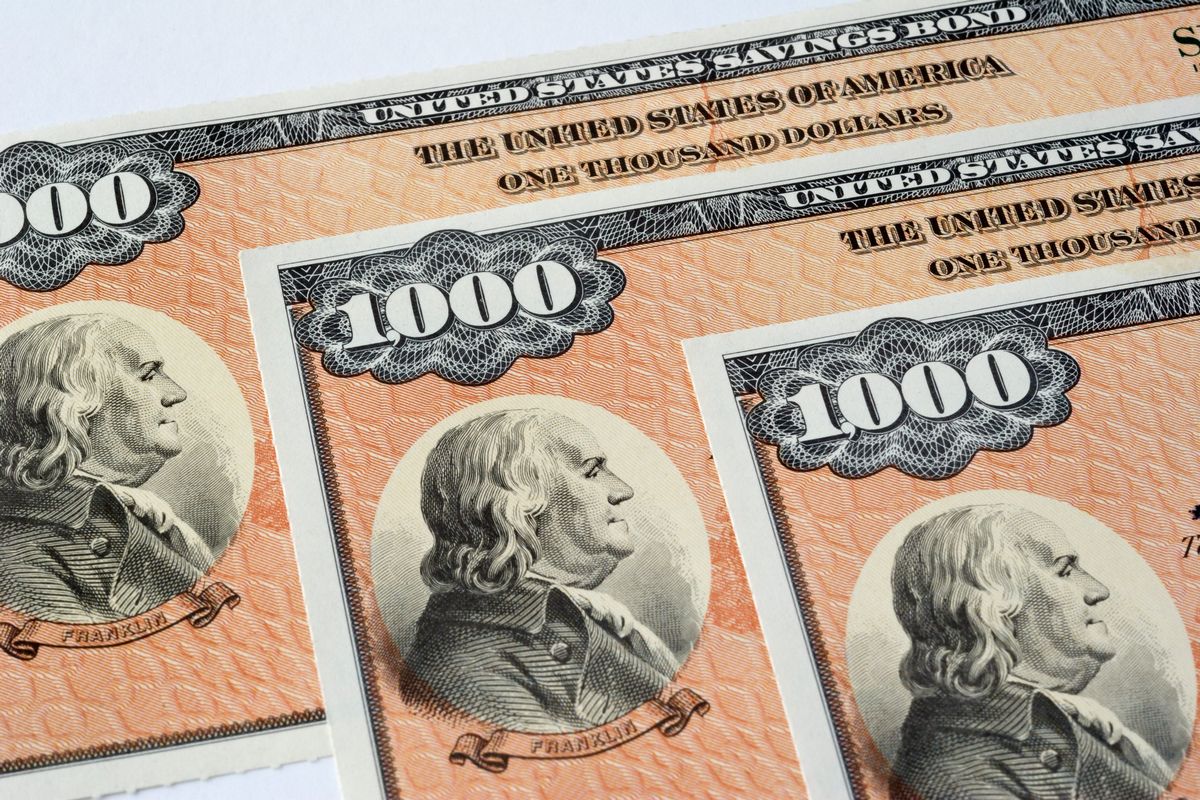U S Treasury History IRS Treasury Bills and Bonds

The U.S. Treasury, established in 1789, is responsible for issuing Treasury bonds, notes, and bills. It encompasses various government departments, including the IRS, U.S. Mint, Bureau of the Fiscal Service, and Alcohol and Tobacco Tax and Trade Bureau. The Treasury’s functions include printing bills, minting coins, collecting taxes, managing accounts and debt issues, overseeing U.S. banks, and handling international monetary policy. The secretary of the Treasury is nominated by the president and confirmed by the U.S. Senate.
The U.S. Treasury was created by the First Congress of the United States in 1789. The secretary of the Treasury plays a vital role in promoting economic growth and security. Alexander Hamilton was the first secretary and achieved significant milestones, such as assuming states’ debts from the American Revolution and establishing tax collection systems.
President Abraham Lincoln introduced income tax during the Civil War, leading to the creation of the Internal Revenue Service (IRS). The IRS took on the responsibility of tax collection and enforcement from 1913 onwards with the ratification of the 16th Amendment.
To borrow funds, the Treasury issues treasury bills (short-term notes) and bonds (long-term securities). These investments are backed by the U.S. government and are favored by governments, companies, and individuals worldwide. The Federal Reserve Bank manages the buying and selling of these securities to regulate the money supply and interest rates.
Yellen’s deputy at the Treasury Department is Adewale "Wally" Adeyemo, a seasoned expert in macroeconomic policy, consumer protection, and national security.



